Intel Developer Forum: 10 Ways Skylake And Windows 10 Work Together To Drive Upgrades
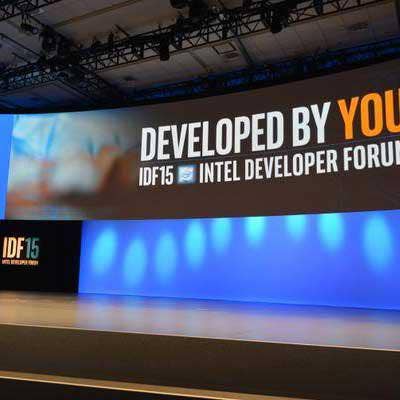
Microsoft And Intel's 'Unique' Partnership
Intel on Wednesday revealed details on how Skylake, its newest sixth-generation 14nm processor architecture, will work with Microsoft's newly released operating system, Windows 10, for an improved computing experience.
Partners have long awaited to hear more on how Windows 10, released July 29, would work hand-in-hand with Skylake to improve security, computing experience and performance.
"Building Windows Intel devices that are energy-efficient, sleek, secure, and that deliver a great battery life, requires an extremely tight collaboration between the software and the hardware ... between Microsoft and Intel," said Shiv Kaushik, general manager of Windows Operating System Division at Intel, during the Intel Developer Forum.
Following are 10 ways Skylake and Windows 10 will work together to drive upgrades.
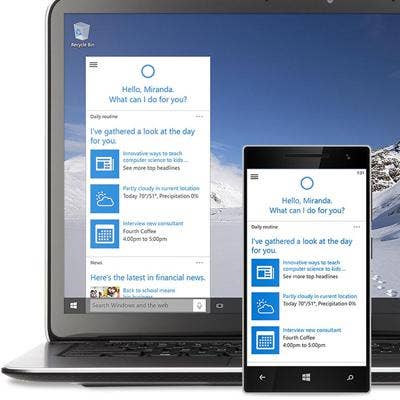
10. Voice Activation
Voice activation is one way Windows 10 and Skylake will work together to create a more personalized and sensitized computing experience, said Kaushik.
In terms of computing experience, Windows 10's voice assistant, Cortana, creates a personal assistant to help users navigate their devices.
Cortana is further improved by utilizing Skylake's enhanced CPU processing audio pipeline to achieve accurate Correct Accept and low False Support performance as part of its keyword-spotter functionality. This keyword-spotter function enables Cortana to eventually gain a basic knowledge of the Windows 10 user's search history and become more personalized.
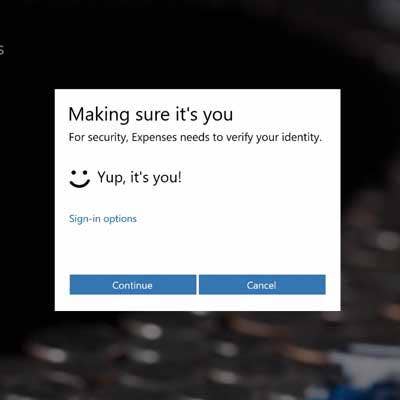
9. Biometric Authentication
Another new feature of Windows 10 is Windows Hello, which integrates biometric authentication in devices to enable facial or fingerprint login capabilities.
Skylake's sixth-generation platform enhances Windows Hello by supporting hardware offload for voice activation with hardware support.
Intel's RealSense camera F200 solution also supports this biometric authentication, said Kaushik, and adds an extra layer of security to Windows Hello by measuring the incorrect acceptance of an unauthorized user, as well as antispoofing detection.
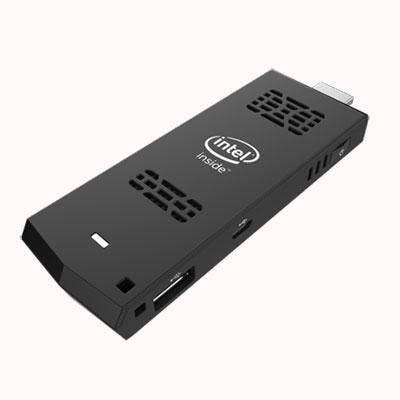
8. Small Form Factors
Part of the Intel-Microsoft partnership includes compatibility and collaboration across multiple form factors.
As Intel has been trying to push a wireless environment alongside multiple form factors, Microsoft has been present at each step along the way. Intel's small-form-factor products include the Compute Stick, or a "PC on a stick," which runs on Windows 8.1 and is upgradable to Windows 10. While the Compute Stick runs a quad-core Atom processor, Intel reportedly is looking to push its own Skylake processors into the dongle eventually, as well as in NUC devices.
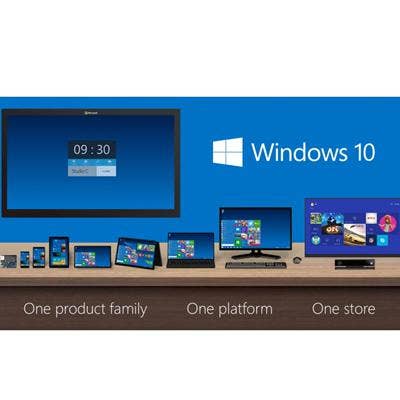
7. Scalable Across Devices
One of Windows 10's key features is how the operating system is scalable across multiple devices beyond PCs, including tablets and 2-in-1s. Microsoft calls this feature Continuum, and it is enhanced by Skylake, said Kaushik.
Skylake contains wireless features enabling a platform on portable, mobile devices, such as WiGig, Intel's Wireless Gigabit, which allows for high-speed, wireless connections to docking stations. In addition, Intel's platform includes NCM Express, a scalable host-controller interface, as well as tools like Integrated Sensor Hub and Integrated Touch that enable improvements of the user interfaces on mobile platforms.
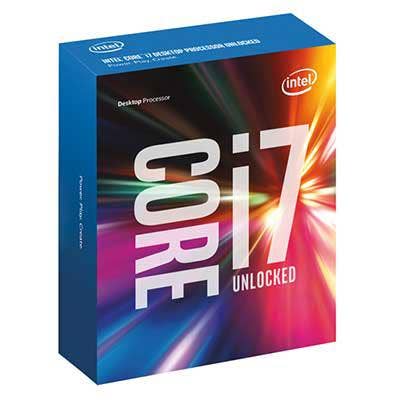
6. Richer Content
Intel's Skylake platform improvements further enhance some of the content support of Windows 10, such as DirectX12, Microsoft's newest graphics API, and PlayReady 3.0.
Among the features Skylake contains include built-in Intel Iris Pro Graphics technology, featuring 4K resolution, which works hand-in-hand with Windows 10 to support DirectX12's capabilities. In addition, Skylake contains Protected Audio, Video Path and High Efficiency Video Coding (HEVC), which work to enhance the video capacities of PlayReady 3.0 for a better media experience.
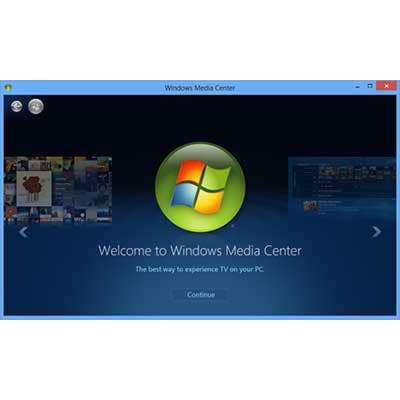
5. Graphics And Media
Intel at IDF announced its Skylake processors will offer an array of new graphics features, including Iris Pro graphics that are capable of driving up to three 4K monitors at 60Hz. This is a big improvement over Intel's Haswell architecture, which drove one 4K monitor at 30Hz, and shows how media and graphics will be improved using Skylake on Windows 10.
In addition to Windows 10's DirectX12, Skylake's also will support 4K video for OpenCL2 and OpenGL4.4, and will contain transistors dedicated directly to decoding and encoding 4K.
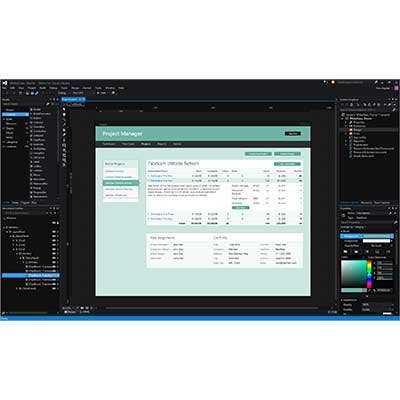
4. Eliminate Buffer Overflow
Kaushik discussed one feature called Intel Memory Protection Extensions (MPX). This technology is not necessarily new in Skylake's platform, but it supports Windows 10 OS. Intel MPX enables run-time buffer overflow checks, eliminating buffer overflow.
Microsoft Visual Studio 2015 also supports MPX intrinsics, and Kaushik said Intel is collaborating with Microsoft to enable MPX code generation on a future release of Microsoft's Visual Studio.
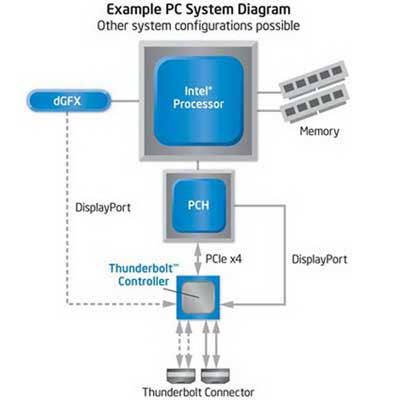
3. USB Type-C And Thunderbolt
One big feature of Intel's Skylake that excited spectators was its integration of USB 2.1 Type-C ports and Thunderbolt 3 technology.
USB Type-C, a next-generation solution for fast-charging, display and peripheral connectivity on a single cable and connector, will enhance Windows 10's 2-in-1 Continuum feature, said Kaushik, and will support USB 3.1, DisplayPort 1.2 and PCI Express 3.0.
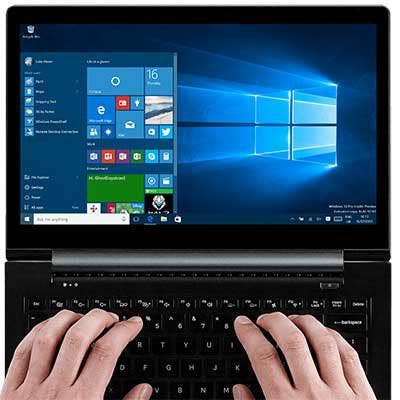
2. Battery Life
Intel and Skylake fit together to drive energy efficiency, promoting better battery life and sleek form factors. Skylake's Speed Shift technology plays into Windows 10's new Disconnected Standby, a new option for when there are no hardware-offload-capable networking or HDD-based systems.
This drives responsiveness and energy-efficiency improvements from the Windows 8.1 operating system that worked with Intel's fourth-generation Core processor, said Kaushik.
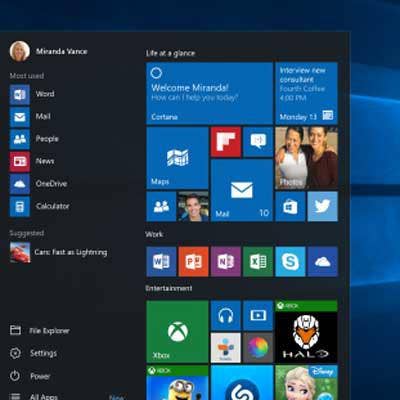
1. Security
The Intel-Skylake marriage drives more security in the operating system, as well, said Kaushik. Intel's platforms provide virtualization capabilities that are critical for isolation, which improves Windows 10 security through LSA credential isolation.
In addition, Skylake contains Kernel Mode Code Integrity (KMCI) enforcement features, checking each kernel-mode driver for a digital signature. On the server side, Skylake contains Virtual Trusted Platform Module (TPM), which means its chips are secure cryptoprocessors designed to carry out cryptographic operations.
These features bolster Windows 10, which already contains Device Guard, vetting unsigned applications to prevent zero-day attacks, as well as Windows Hello, which uses facial-recognition technology.